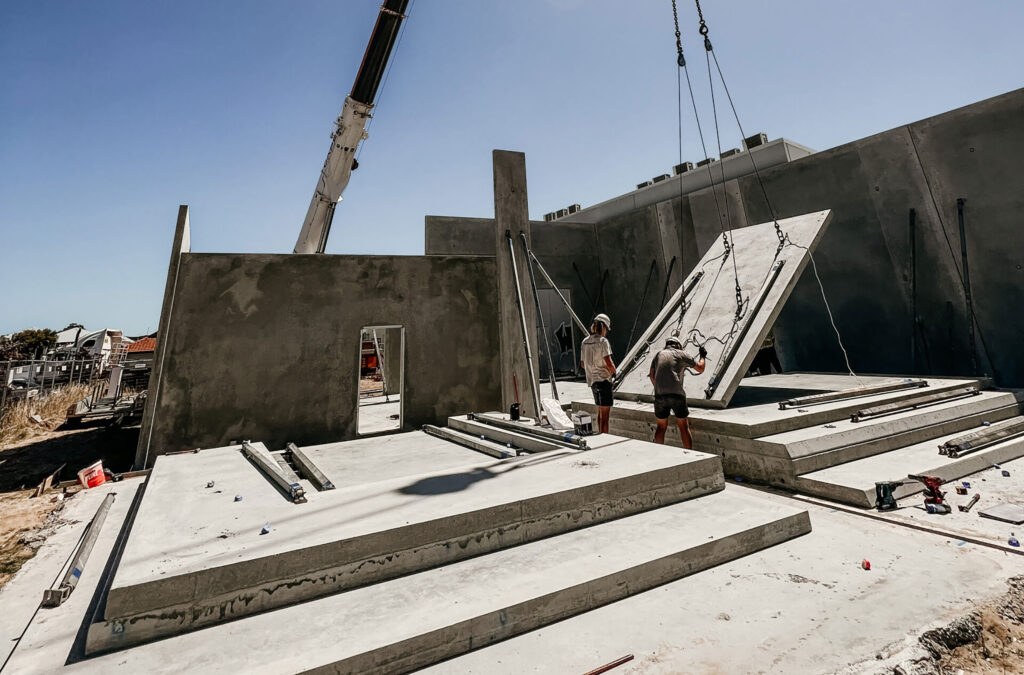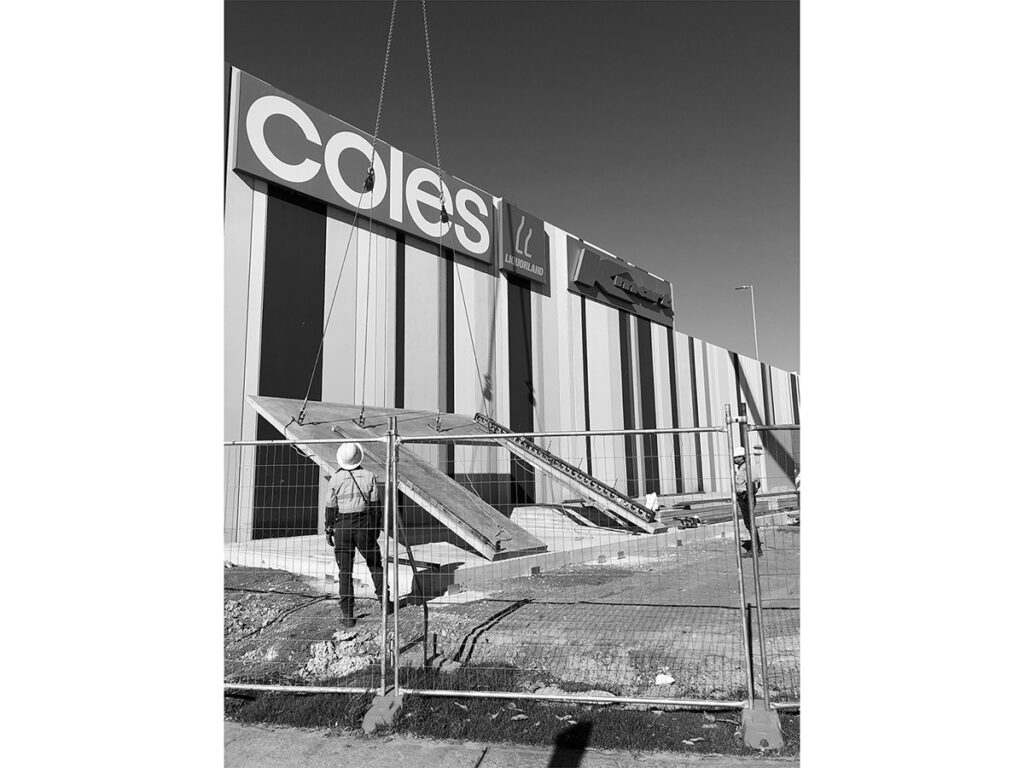The Benefits of Tilt-Up Warehouse Construction
In the rapidly evolving world of industrial construction, Tilt-Up Warehouse Construction emerges as a standout method for building warehouses and other industrial facilities. This method, which involves assembling concrete walls horizontally on the building’s slab and then lifting them to a vertical position, has gained significant traction for its myriad benefits ranging from cost efficiency to enhanced durability. This article will explore why this innovative construction technique is increasingly preferred and how it might be the optimal choice for your next project.

Understanding Tilt-up Construction
Tilt-up construction is a building technique that employs large concrete panels, which are cast on the building site itself, typically on the slab floor. Once cured, these panels are raised into position with cranes to form the exterior walls of a structure. This method is particularly advantageous for erecting warehouses due to its efficiency and effectiveness. The process starts with detailed planning and design, followed by the assembly of the requisite reinforcing steel and formwork directly on-site. After the concrete is poured and allowed to cure, the panels are meticulously tilted up into place, creating a robust and structurally sound building envelope. To understand more about how this technique can be applied specifically to commercial constructions, one could refer to specialized services such as those offered by Prosser Built, which provide detailed insights and expert execution in tilt-panel constructions.
Cost-Efficient Nature of Tilt-Up Construction
Tilt-up warehouse construction is celebrated for its cost-effectiveness. The primary savings come from shorter construction timelines and reduced labour costs. Since the walls of a tilt-up building are constructed simultaneously with the foundation, significant time savings can be achieved. Additionally, the ability to create large panels tailored specifically to the warehouse’s specifications reduces the need for multiple materials and excess waste, thus further driving down costs. With less dependency on complex structural frameworks or elaborate scaffolding, the economic advantages of choosing tilt-up construction become even more compelling, making it a preferred choice for budget-conscious project managers.
Environmental Benefits of Tilt-Up Construction
Tilt-up construction is not only economically viable but also environmentally advantageous. The technique minimises the carbon footprint typically associated with transporting construction materials, as the bulk of the work is done onsite using local materials. Furthermore, concrete, a primary component used in tilt-up, possesses inherent thermal mass properties which contribute to energy efficiency by moderating indoor temperature extremes. This helps in reducing the operational energy demands of the building, translating into lower utility costs and a reduced environmental impact over the building’s life cycle. Such sustainable practices underscore the ecological considerations taken into account during tilt-up constructions, affirming its status as a green building methodology.

Durability and Maintenance Benefits
The robust nature of tilt-up construction ensures enhanced durability and structural strength, making it an ideal choice for warehouses that require a long lifespan with minimal maintenance. Concrete panels used in tilt-up construction are highly resistant to fire, wind, and seismic activities, which provides further assurance of safety and stability. Additionally, these panels can be treated with various sealants and finishes that protect against weathering, corrosion, and pests, further reducing the need for frequent maintenance. This resilience makes tilt-up warehouses a highly reliable option for businesses looking for long-term storage solutions with minimal upkeep.
Benefits of Design Flexibility
One of the most appealing aspects of tilt-up construction is its versatility in design. While traditional perceptions may paint tilt-up as boxy and utilitarian, advanced techniques now allow for a variety of architectural styles and aesthetics. The size and shape of the concrete panels can be customised, and various finishes can be applied to enhance their appearance. This flexibility enables architects and designers to innovate without constraint, aligning the physical structure with the company’s branding or aesthetic preferences. Consequently, tilt-up construction is no longer just a practical choice but also a stylistically adaptable method that can cater to diverse architectural tastes.
Safety Benefits of Tilt-Up Construction
Safety is paramount in any construction project, and tilt-up construction offers several inherent safety advantages over traditional building methods. The on-site casting of concrete panels reduces the need for high-altitude work, which inherently diminishes risk and enhances safety for construction workers. Additionally, solid concrete construction provides superior resistance to accidents and natural disasters, which protects both the building's assets and its occupants. These safety features make tilt-up construction an excellent choice for businesses prioritising the well-being of their employees and the security of their equipment and goods.
Conclusion
Tilt-up warehouse construction offers an impressive range of benefits, from cost savings and environmental advantages to durability and design flexibility. This method aligns with modern demands for efficient, sustainable, and versatile building techniques. Whether planning a new warehouse or considering an expansion, tilt-up construction promises not just a building solution but a strategic asset that can adapt to evolving business needs. As this construction method continues to evolve, its role in shaping the industrial construction landscape remains undeniably significant, offering a dependable, efficient, and sustainable option for today’s enterprises.
